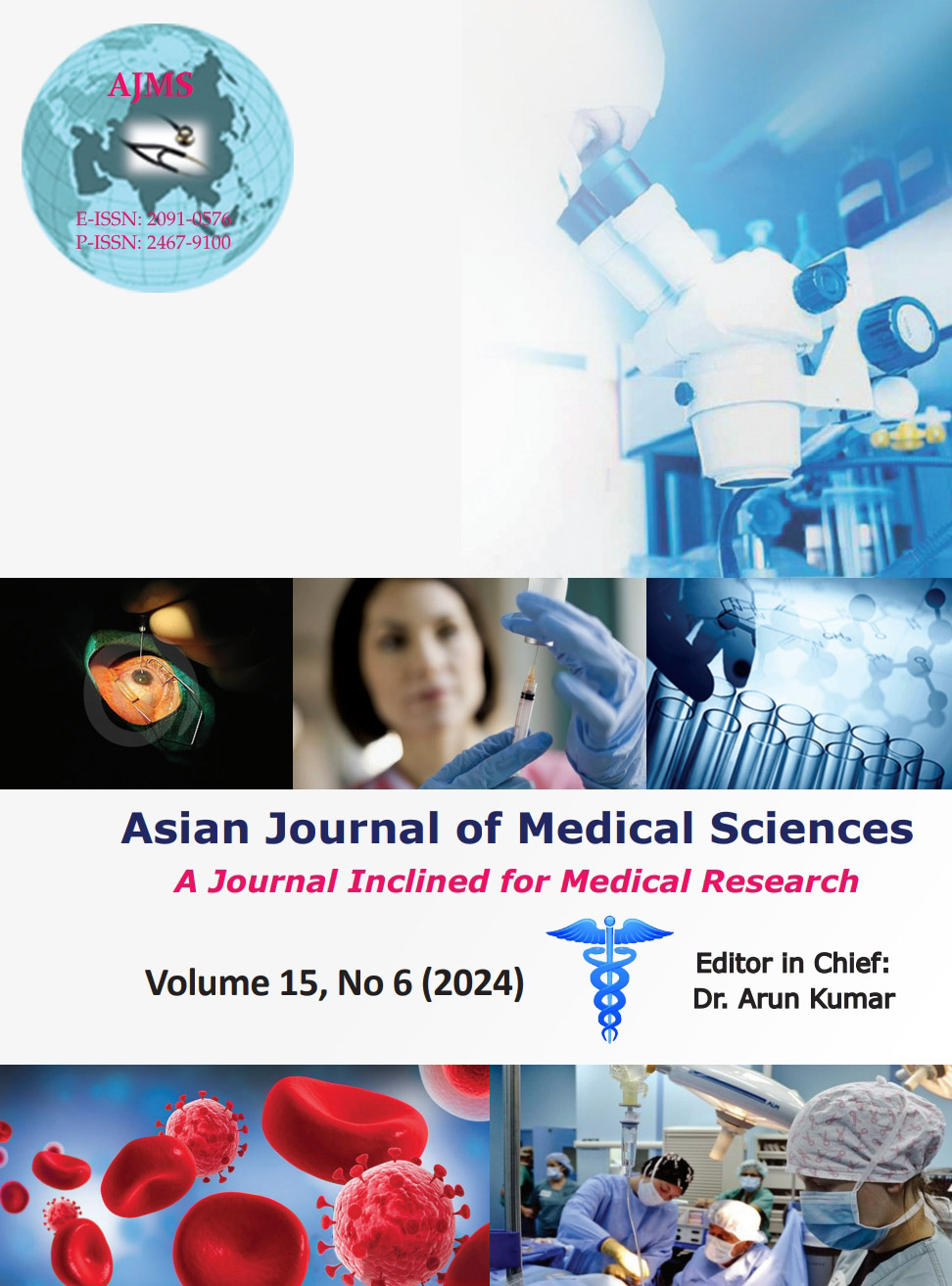Relationship between pupil to limbus diameter ratio with blood pressure and pulse rate in young adults: An observational study
Keywords:
Pupil to limbus diameter ratio; Autonomic functions; Pulse rate; Systolic blood pressureAbstract
Background: Autonomic function tests play a crucial role in the diagnosis and prognosis of clinical conditions. Although there are multiple autonomic function tests available, there is still a need for rapid and less expensive tests for the benefit of the general population. The pupil-to-limbus diameter (PLD) ratio is one such test that is simple and cost-effective. It uses the principle of pupil dilation and constriction due to the influence of the autonomic neurons’ activity.
Aims and Objectives: The present study aimed to observe a correlation between PLD ratio with blood pressure and pulse rate in young adults.
Materials and Methods: The present study was conducted at the Department of Physiology, Jhalawar Medical College, Jhalawar. The present study was an observational study conducted among 1st-year medical students in the age group of 18–24 years. PLD ratio was measured by the two-box method as described in the literature. After providing 3–5 min of rest, blood pressure and pulse were recorded in the right arm in the sitting position by a digital blood pressure monitor.
Results: Positive correlation was observed between the PLD ratio of right eye and pulse rate (r=0.9696). There is a weak negative correlation exists between the PLD ratio of right eye and systolic blood pressure (r value=−0.3802).
Conclusion: The study concludes that the PLD ratio correlates with autonomic activity. However, there is a need for a study with large population to confirm the correlation. Furthermore, there is a study to assess the autonomic responses in female participants in different phases of menstrual cycle.
Downloads
Downloads
Published
How to Cite
Issue
Section
License
Copyright (c) 2024 Asian Journal of Medical Sciences

This work is licensed under a Creative Commons Attribution-NonCommercial 4.0 International License.
Authors who publish with this journal agree to the following terms:
- The journal holds copyright and publishes the work under a Creative Commons CC-BY-NC license that permits use, distribution and reprduction in any medium, provided the original work is properly cited and is not used for commercial purposes. The journal should be recognised as the original publisher of this work.
- Authors are able to enter into separate, additional contractual arrangements for the non-exclusive distribution of the journal's published version of the work (e.g., post it to an institutional repository or publish it in a book), with an acknowledgement of its initial publication in this journal.
- Authors are permitted and encouraged to post their work online (e.g., in institutional repositories or on their website) prior to and during the submission process, as it can lead to productive exchanges, as well as earlier and greater citation of published work (See The Effect of Open Access).




